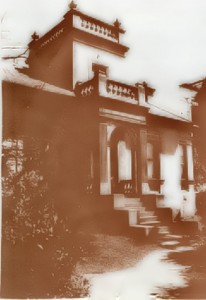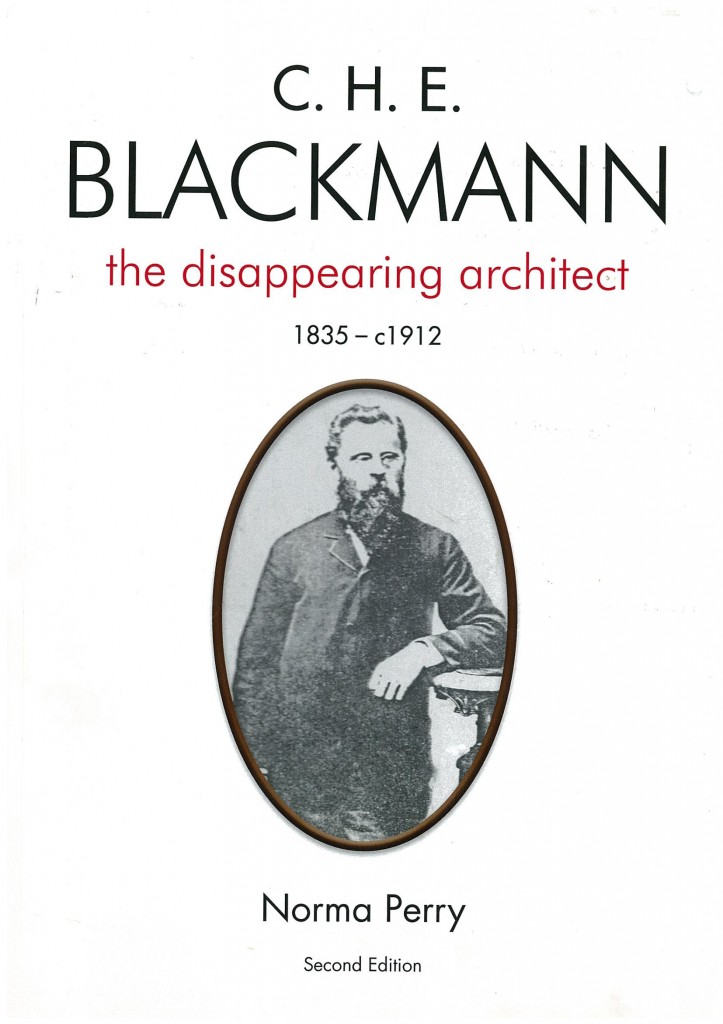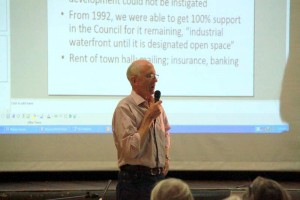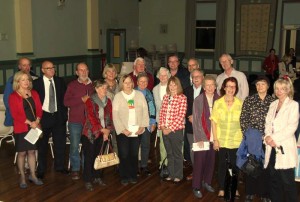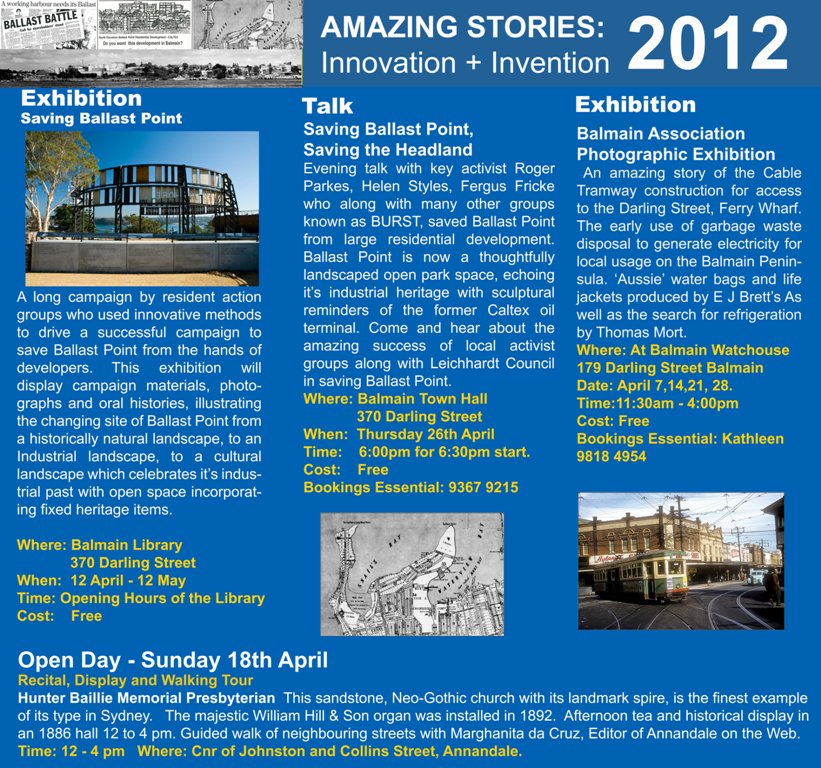Friedrich Wilhelm Ludwig Leichhardt was born in Trebatsch, Germany, 70km south of Berlin, on October 23, 1813. Leichhardt studied Greek, Latin, English, French, German, Mathematics, Physics and natural history at grammar school in Cottbus until he was 18, when he commenced studies at the Universities of Gottingen and Berlin. At Berlin he met Englishman William Nicholson, whom he accompanied to England in 1837. In London, and also Paris, he studied medicine and natural history. Leichhardt had been taught to sketch and draw by his brother-in-law Freidrich Schmalfuss, and arrived in Australia on the Sir Edward Paget in February, 1841 with plans for exploring and studying the botany, zoology and geology of the continent. He spent time exploring the land between Newcastle and Brisbane in 1843 and his first major expedition began in October 1844 where he spent over 12 months crossing from Brisbane to Port Essington (today known as Darwin). Returning to Sydney, Leichhardt was warmly received by colonial society and awarded gold medals by the Royal Geographical Society of London and the Geographical Society of Paris. It was at this time that he wrote his Journal of an Overland Expedition form Moreton Bay to Port Essington.
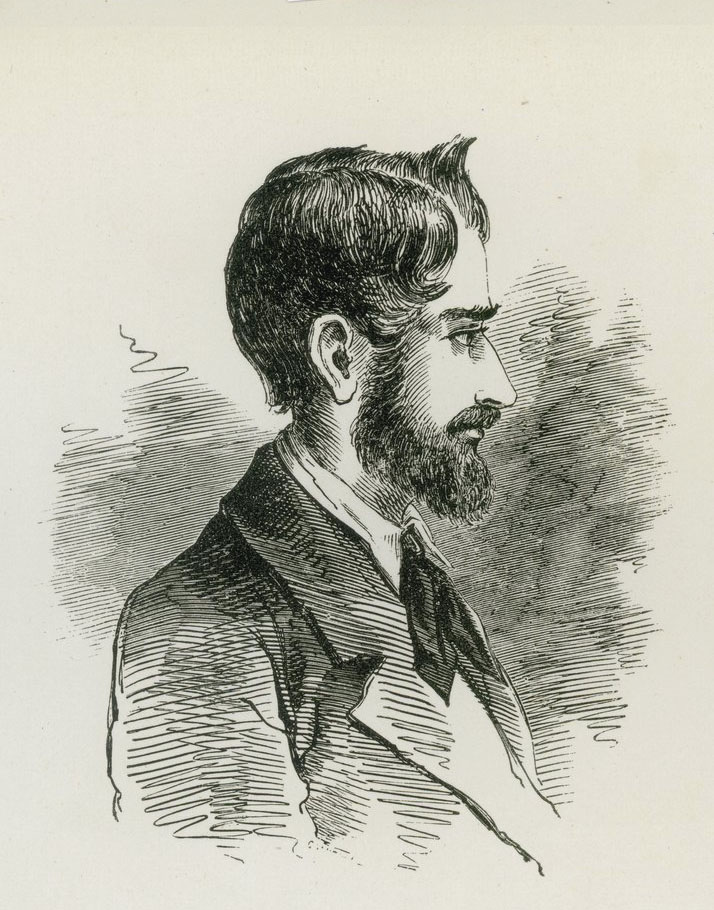 In 1846, Leichhardt set out once again from the Darling Downs with the intention of traveling northwards, then westwards and ending up moving down towards Perth. Unfortunately the expedition was only able to travel about 800km, but due to bad weather and ill health, Leichhardt had to turn back.
In 1846, Leichhardt set out once again from the Darling Downs with the intention of traveling northwards, then westwards and ending up moving down towards Perth. Unfortunately the expedition was only able to travel about 800km, but due to bad weather and ill health, Leichhardt had to turn back.
The third and final expedition left in February 1848. April was the last communication with the trekking party and the 5th of April was the last time the party was seen. No further news was received from Leichhardt and, despite many searches, no trace of the expedition has ever been found. During his explorations, Leichhardt named several species of plants and some of his original specimens are kept at the Herbarium, Royal Botanic Gardens in Sydney.
A local businessman, Walter Beames, supported Ludwig Leichhardt on his first expedition by supplying the explorer with supplies and equipment for his journey.
Beames had bought what was then known as the Piperston Estate. As an acknowledgement of the support that Beames had shown, Leichhardt named a tributary of the Albert River in Queensland ; Beames Brook. Beames, in turn, renamed Piperston to Leichhardt, and when the estate was subdivided in 1849, the area became known as Leichhardt Town.
When the municipality was incorporated in 1871, Walter Beames was the first returning officer and his nephew, Frank Beames, was the first Mayor. The municipality was called Leichhardt and it still is to this day.
More items available for in house research from our collection:
Journal of an overland expedition in Australia, from Moreton Bay to Port Essington : a distance of upwards of 3000 miles during the years 1844-1845 / [by] Ludwig Leichhardt.
Author: Leichhardt, Ludwig, 1813-1848. Published: 1980
Whirlwinds in the plain : Ludwig Leichhardt - friends, foes and history / by E.M. Webster.
Author: Webster, Elsie May, 1929- Published: 1980
Library Catalogue

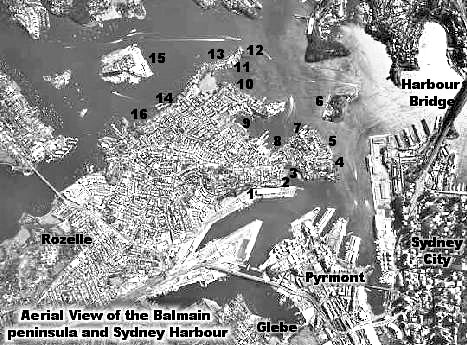
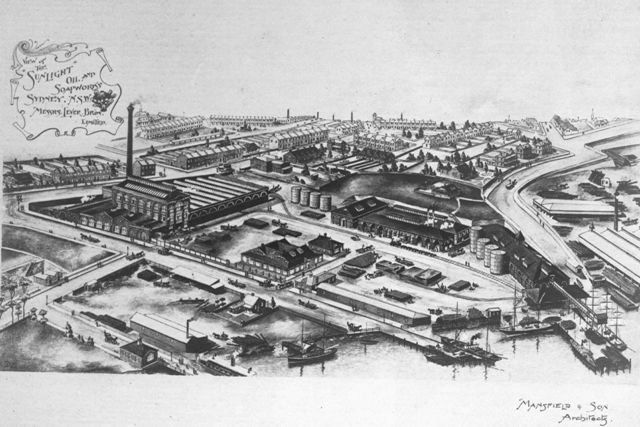
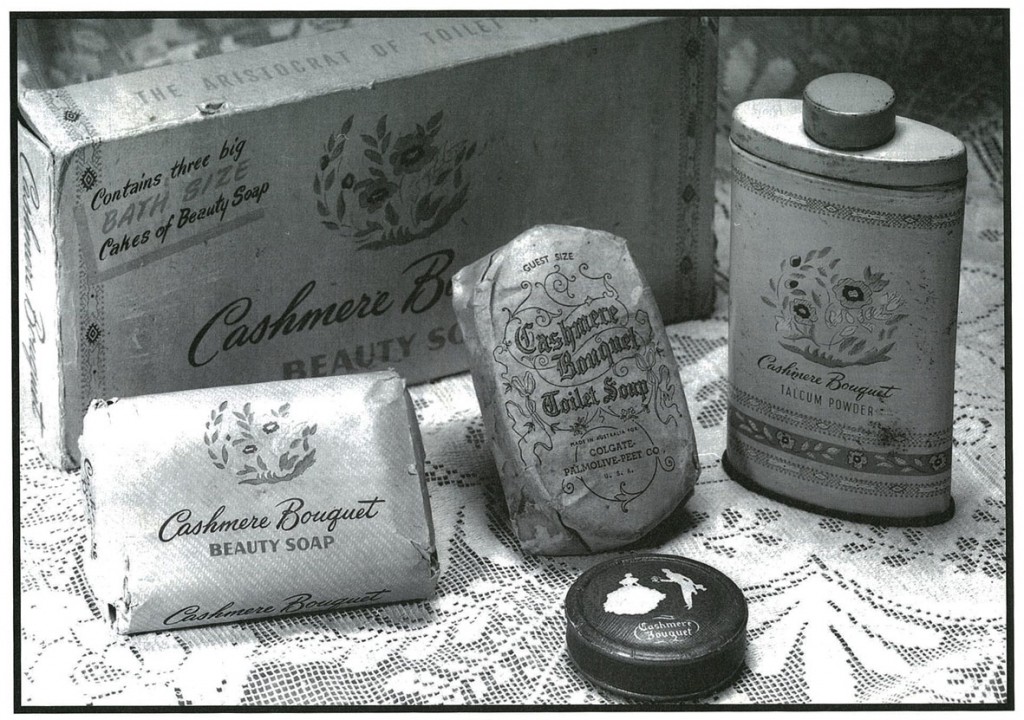
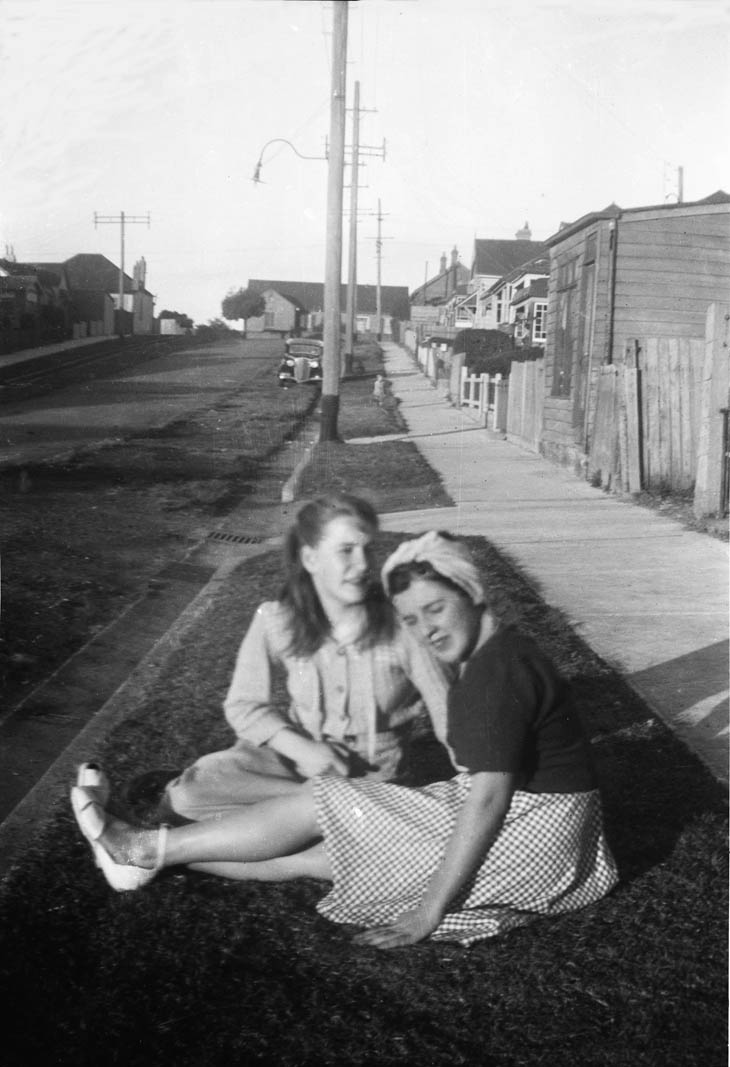
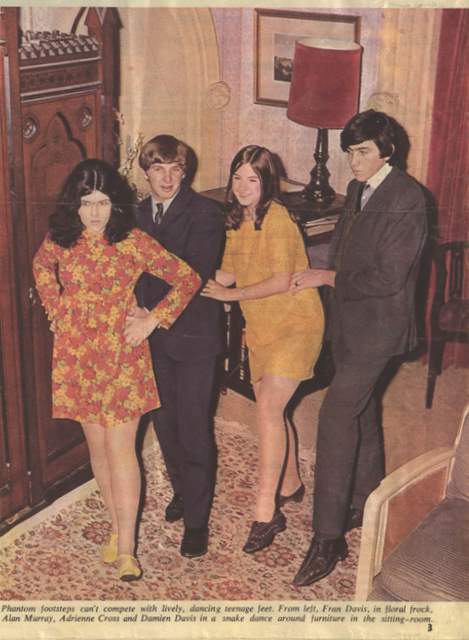 Check out up and coming events for History Week at
Check out up and coming events for History Week at 